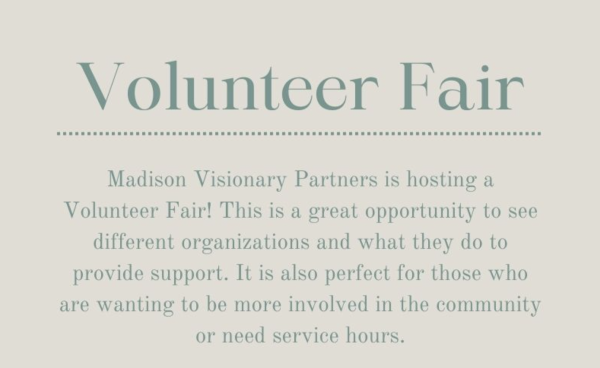Clubs and Cords: Time vs. Money
February 1, 2016
Many clubs at Bob Jones have opportunities for students to bring in supplies in exchange for service project hours. This practice can be the solution to many slow food or school supplies drive, but should it really count for service hours?
Students at Bob Jones have access to numerous clubs and organizations, which are attractive to students for their value on academic resumes. According to the Bob Jones website, there are 80+ clubs, organizations, and programs that students can be involved in. Some clubs require prerequisites and specific grades for admission to the club or honor society. Officers of the clubs plan over the summer in collaboration with teacher sponsors in preparation for the year. Many juniors and seniors wait to get involved in these clubs until closer to graduation, in order to get a stole or special cord and fluff up their college applications.
Bob Jones has several different honor societies, one of which is the National English Honor Society. This club meets monthly in a classroom before school, and is led by several executive board members. In order to fulfill the requirements to be a part of the society, members must complete a certain number of service project hours each year. The activities director, Anna Creekmore, organizes these projects which are announced at the monthly meetings. Many of the service project opportunities include products that can be purchased and turned in as credit for the service project. Creekmore noted, “We try and have some that require time spent volunteering and some that require members to bring in items so that they are not paying too much or giving too much time.” The teacher sponsors for NEHS are Emily Polak and Mallory Poarch.
The catch is that many students take advantage of this system. According to Creekmore, “We do not require that students have a certain number of actual volunteering hours versus bringing in items for credit.”
Other honor societies observe similar policies, like National Honor Society. With NHS, members are responsible for completing three service projects each school year. An animal lover’s club, dubbed Friends of Rescue, also asks for the donation of many items. According to the club’s list of service opportunities, one dog collar is worth one service hour.
A poll of 50 students revealed that 53% of students would likely purchase items from a list and 47% would volunteer their time on an actual project. These same students also were asked what they would do if they had conflicts with the projects. 67% would just bring in items for credit whereas 33% would be willing to get their hours via a non-school sponsored project.
Parents, are you buying your child’s way through their extracurriculars? Or are they working for them on their own, or at least using their own money?












